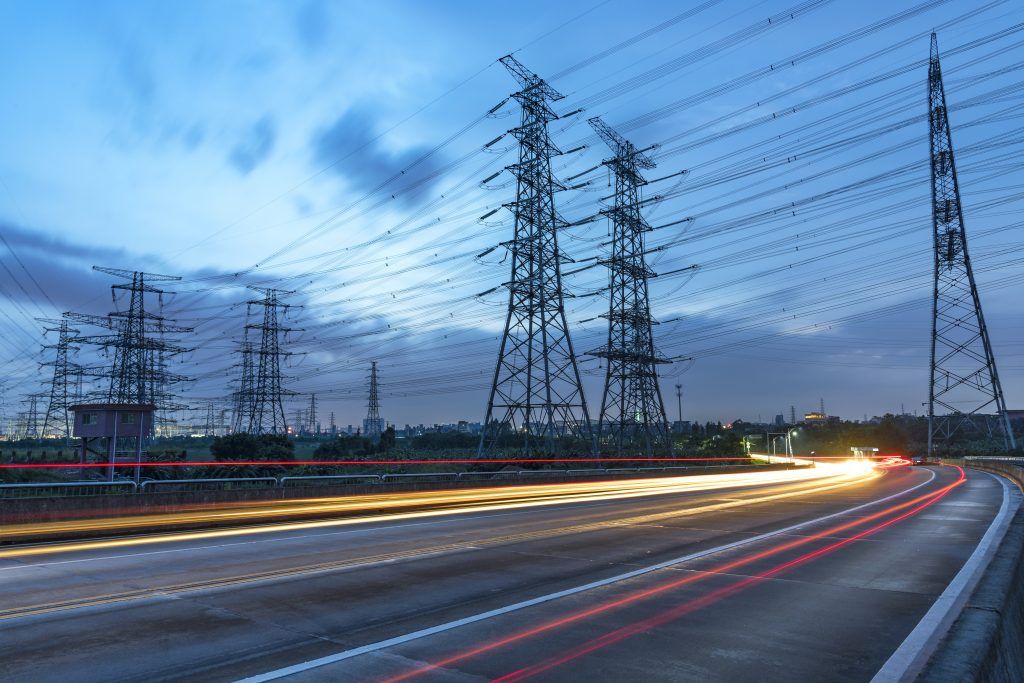Electric vehicle drivers of the future need to have confidence in chargepoint infrastructure to make the move from petrol or diesel to electric. Their failure to make the switch risks undermining UK national Net Zero goals. To ensure that drivers have the confidence to make that switch, chargepoint infrastructure needs to be deployed in a planned and strategic fashion at every level. Karen Platt, EV Liaison at EA Technology, outlines the reasons why having an understanding of the electricity network will be key to achieving the successful roll out of EV charge points.
A well-executed chargepoint roll out needs to factor where EV drivers want to charge now and where they will need to charge in the future, regional transport and parking policy, future technological innovation but also our electricity network capacity. So, what should your first step be?
To develop an in-depth understanding of all the potential facets that may impact EV infrastructure planning and roll out, engaging with stakeholders is always a good place to start. One of the most important stakeholders in this deployment is the Distribution Network Operator or DNO. DNOs have responsibility for maintaining, operating and investing in the distribution network in specific geographic regions.
A DNO’s ability to connect a new load, such as EV chargers, will not be the same everywhere – indeed the ability to connect can be different from one side of a street to another. The extent of existing network capacity at the connection point can impact how much it will cost, and how long the connection will take. If the local network is already at or near capacity, it may be necessary to reinforce it, which can be costly and takes time. Sometimes reinforcement can be avoided by, for example, installing the chargepoints in another location within the same car park. Therefore, data on the local network, and talking to someone at the DNO is pivotal to discovering the quick wins and planning a longer-term strategy.
The DNOs are all preparing for the transition to EVs and the increased number of chargepoints that this will require. They are keen to learn about your plans to make sure they have the right infrastructure in place. So do not hesitate to speak to them, even if your plans are at an early stage. They have a team of helpful staff available to help anyone planning a new connection, including EV chargepoints. To find out which DNO is relevant to a particular geographical location or more information about this process, visit the ENA’s website (Energy Networks Association – https://www.energynetworks.org/).
Moving forward, DNOs are already making plans to make their network capacity data available online, providing anyone who is interested in connecting to their network the ability to research availably this information themselves. This is a huge undertaking, bringing together data on thousands of assets and many miles of cables and overhead lines. SP Energy Networks will be releasing the first iteration of the ConnectMore online tool, that will cover their MANWEB (North Wales, Merseyside, Cheshire and North Shropshire) license area later this year. The team that I work with at EA Technology are proud to be part of its creation, collaborating to produce this innovative new software tool. Aimed at anyone interested in connecting an EV chargepoint, it will not only provide an easily understandable map of network capacity, but also provide EV chargepoint demand forecast scenarios across the region. The maps are intended to help users identify the best strategic location both for present and future EV drivers, and the electricity network, to install new chargepoints.
SP Energy Networks are not the only DNO making data about their network more widely available. The DNOs are all developing route maps to enable the roll out of EVs and speed up progress towards Net Zero targets. So, to find out what resources are available to help you, start a conversation with your local DNO as a priority. Understanding the electricity network will be at the heart of achieving the successful roll out of EV chargepoints and therefore happy EV drivers in the future.








